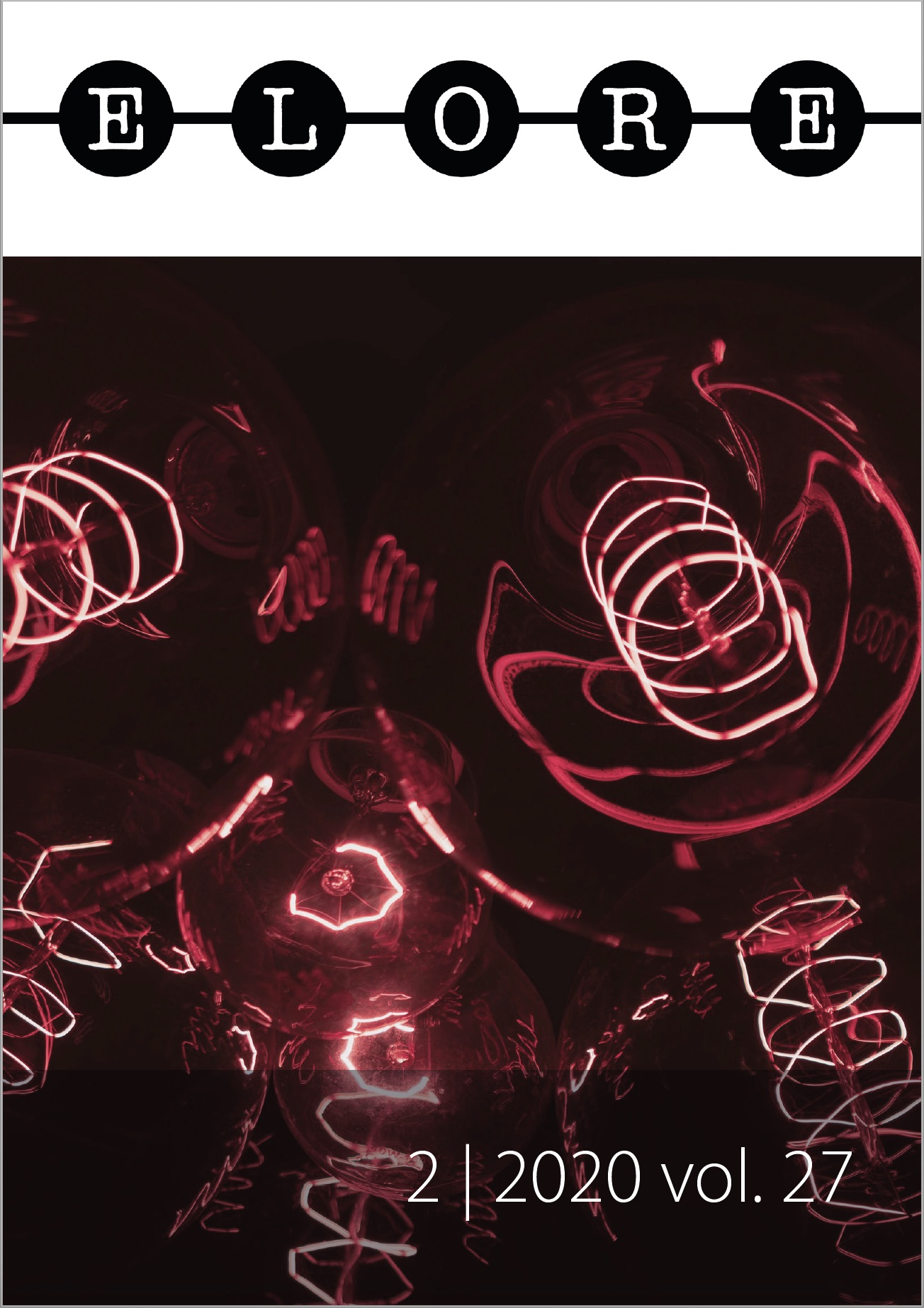Linguistic component of the Upper Deatnu Sami landscape
Place names, places, and tradition
DOI:
https://doi.org/10.30666/elore.97259Keywords:
paikannimet, paikkaperinne, pohjoissaamelaiset, kognitiivinen kulttuurintutkimusAbstract
The article analyses and describes the oral tradition connected to places and landscape, as well as the connection between place names and oral tradition in a cluster of 20th century North Sami communities by the River Deatnu (Teno) in the municipality of Ohcejohka (Utsjoki), Finland. The theoretical frame of the analysis is based on cognitive linguistics and cultural studies as well as landscape studies. The most important source materials are the tapes recorded in 1960’s and 1970’s during an extensive Sami folklore documentation project lead by Professor Lauri Honko at the University of Turku, Finland. Supplementary materials that help in the interpretation of older materials have been collected by the author since 1996. In the analyses, an emic-perspective has been taken as the starting point by using local genre terminology and by prioritizing local indigenous interpretations.
The analysis reveals that the local Sami place tradition is versatile and that the understanding of landscape is profoundly connected to the indigenous ontology and ways of living. Particularly important is the close and intimate connection between families and their inherited family territories. The place tradition is most often represented as a muitalus story that is based on individual personal experiences of the narrator. While analyzing the landscape scheme, it became obvious that the role of place names is not as central as it might seem to be in everyday discourse. In the landscape scheme the sub-schemes of folklore, inherited knowledge (árbediehtu), and inherited knowhow (árbemáhttu) are at least as important as the place name sub-scheme. When the landscape scheme’s functions are examined as an entirety, the place names seem to typically have only a practically determined reference function whereas the other sub-schemes carry much more information and meaning.

Downloads
Published
How to Cite
Issue
Section
License
The journal follows Diamond Open Access publishing model: the journal does not charge authors and published texts are immediately available on the Journal.fi service for scientific journals. By submitting an article for publication on Elore, the author agrees, as of September 2024, that the work will be published under a CC BY 4.0 licence. Under the licence, others may copy, transmit, distribute and display the copyrighted work and any modified versions of the work based on it only if they attribute the licence, the original publication (link or reference) and the author as the original author. Any modifications made must be acknowledged.
Copyright of the texts remains with the authors, and self-archiving (Green OA) of the published version is allowed. This also applies to texts published before September 2024. The Green OA publication must include Elore's publication details.
The metadata for published articles is licensed under Creative Commons CC0 1.0 Universal.





